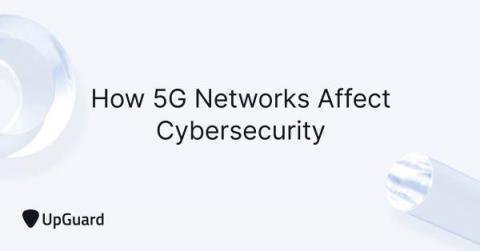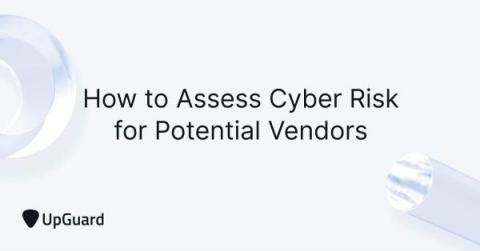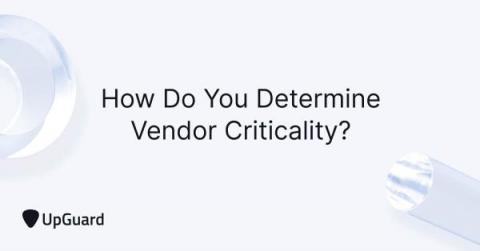The Role of Cybersecurity in Mergers and Acquisitions (M&A)
Mergers and acquisitions (M&A) are on the rise post-COVID-19, as ongoing digital transformation has more companies acquiring others to enhance existing capabilities, reach new markets, or reduce competition. While mergers and acquisitions already involve many factors contributing to their risks and impacting the decision-making process, the evolving cyber threat landscape makes this even more complex.











